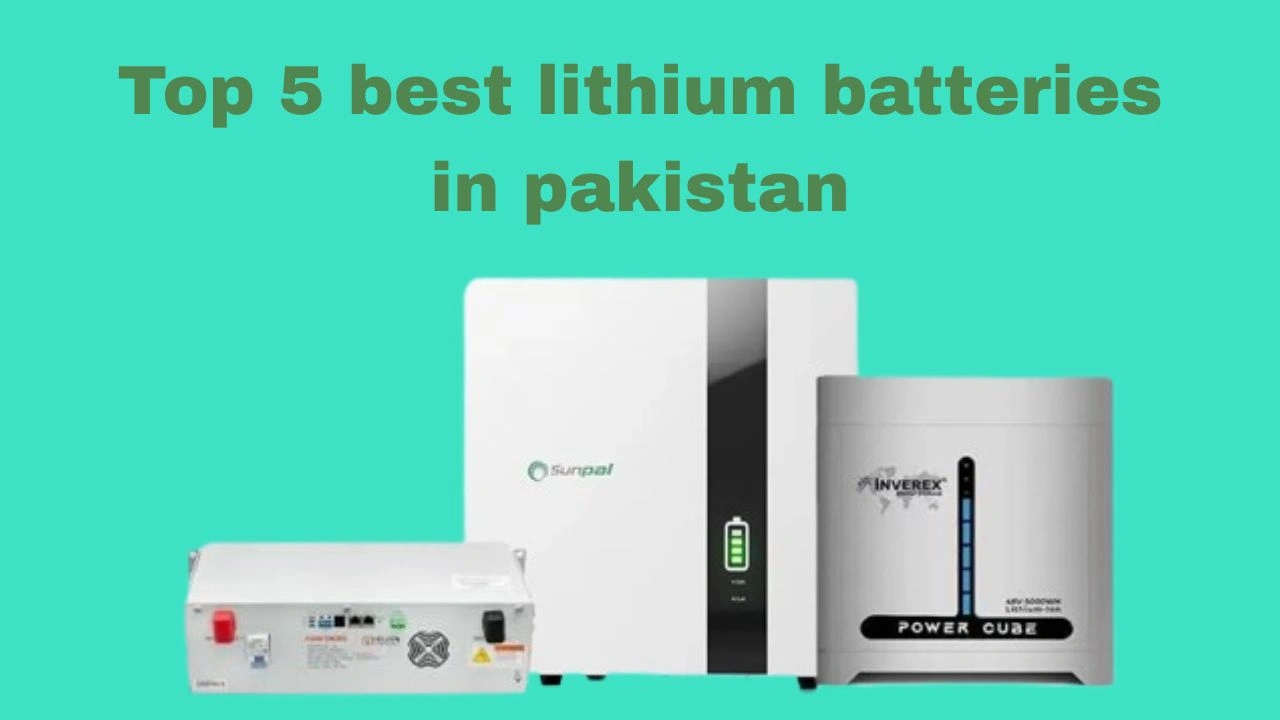lithium ion battery for solar system
Introduction
A lithium-ion solar battery is a high-performance energy battery that stores additional solar panel energy for later use. Modern solar programs incorporate these batteries because of their competitive advantage over lead-acid alternatives, lightweight design, quick charging, and durability. This research analyzes lithium-ion technology’s potential cost savings, environmental impact, and best practices for maintenance in relation to solar setups. Take lessons on how lithium-ion batteries are beginning to transform the storage of renewable energy, whether you’re fresh to solar or updating your system.
What Are Lithium-Ion Batteries for Solar Systems?
A lithium-ion battery for solar is a battery powered battery that is destined to use in tandem with solar panels and inverters. These batteries release the energy generated by solar during the hottest points of time of the day when demand exceeds supply. While a 48 volt lithium battery for solar is ideal for medium-to-large residential systems, a 12 volt for solar is reasonable for smaller lineups like RVs and an off cabins.
Lithium-ion batteries differ from their conventional counter – parts including both chemistry and design. Through using lithium compounds to enhance ion movement between electrodes, they allow for efficient charge cycles. This technology ensures minimal energy loss and after thousands of charges.
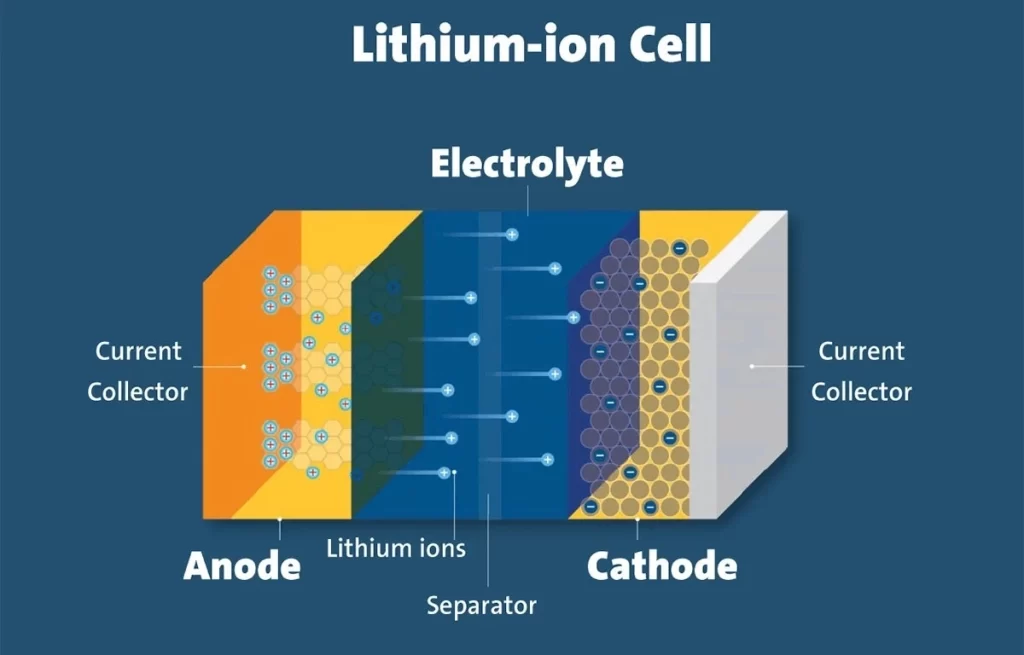
Key Benefits of Lithium-Ion Batteries for Solar
Lithium-ion batteries for solar systems are the clear dominant force in solar energy storage. Cos of their cutting-edge technology and intuitive interface, they are preferred by companies, homeowners, and enthusiasts for renewable energy. Let’s investigate their primary benefits in more detail to see why they are transforming how we use and store solar energy.
1. High Energy Density: Powering More with Less Space
The strength of high energy density is shown in the ability to fit a week’s worth of groceries into a backpack. Compared to big, massive lead – acid batteries, lithium-ion solar batteries store a ton of energy in a tinier, lighter pack. a 12v 100ah lithium ion battery can power your lights, refrigerators, and Wi-Fi for the whole night with its 1.2 kWh capacity. A lead-acid battery with the same capacity, on the other hand, would weigh twice as much and take up 30% more room.
This comparatively tiny design is groundbreaking for nodes with low space. Take into account tiny homes, RVs, or rooftop solar cells structures batteries for can neatly fit into confined spaces without having to sacrifice efficiency. At a manageable size, larger systems, like those that use a 48v 200ah lithium battery, can store up to 9.6 kWh of energy, which really is sufficient to power a medium-sized home for an entire day.
Here, lithium-ion technology’s scalability is especially obvious. Stacking units is simple, irrespectively of whether you’re building up to a 24v 200ah lithium ion battery or starting with a 12v lithium ion battery for solar. This versatility ensures that, whether you’re upgrading your appliances or adding more solar panels, your system will broaden to meet your energy needs.
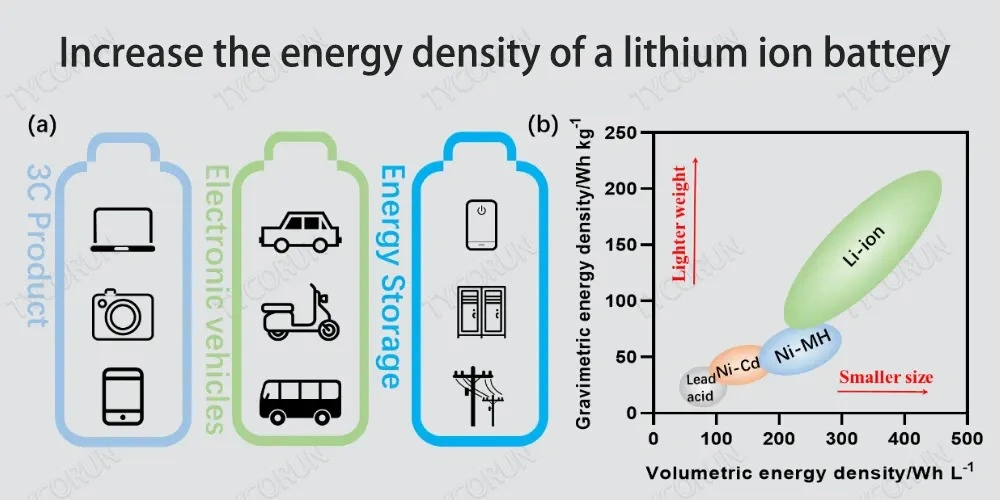
2. Long Lifespan: A Decade-Plus of Reliable Service
The duration of battery packs is among the main proponents of using them to store the energy. Even with daily use, lithium-ion batteries normally last 10 to 15 years, so even though lead-acid batteries need to be replaced every three to five years. How? It all comes down to clever engineering and chemistry.
More than 5,000 charge cycles can be finalized by battery packs without losing 80% of their initial capacity. In contrast, lead-acid batteries deteriorate after just 1,000 cycles. Depth of outflow (DoD) is an important consideration here. Lithium-ion solar batteries can easily withstand 90–100% DoD, while lead-acid batteries cannot safely discharge above 50% without taking a hit. This implies that you can use almost all of your stored energy without putting undue strain on the system, night after night.
Integrated battery management systems (BMS) extend battery life even more. These intelligent systems keep an eye on voltage, temperature, and charge levels to avoid overcharging or overheating, two common problems that destroy conventional batteries. This protection is super useful in places like Pakistan, where outages and intense heat are likely to occur. According to users, lithium-ion batteries here last 10–12 years in spite of severe conditions, making them a cost effective long-term option.
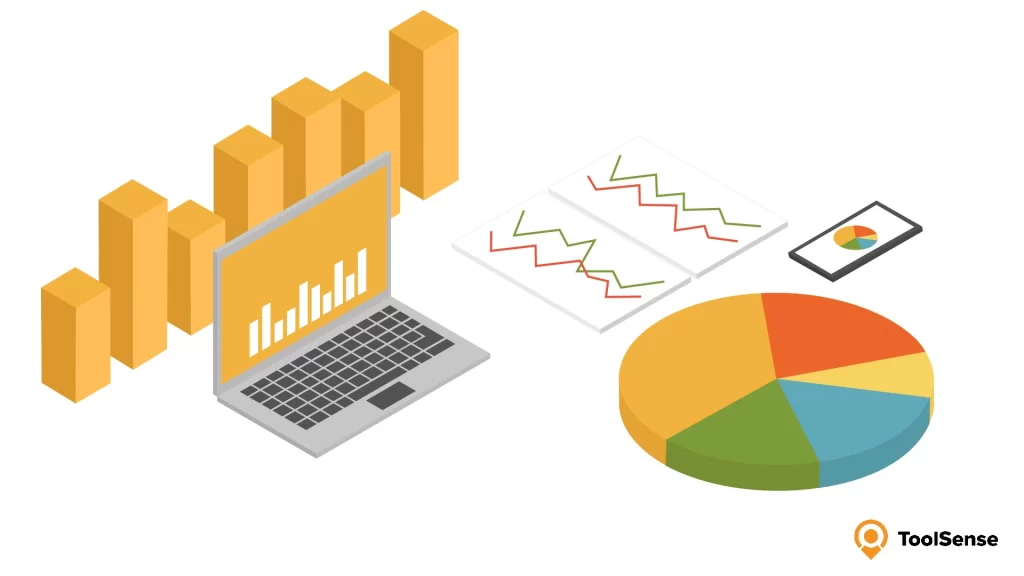
3. Fast Charging: Harnessing Sunlight Efficiently
Peak sunlight hours are when solar panels produce the most energy, but this power is wasted if storage isn’t effective. Presenting lithium-ion battery chargers, which have a 2-3 times faster rate of recharge than lead-acid systems. With this speed, you can make sure you catch every ray of sunshine before the sun sets or clouds move in.
The low internal resistance of lithium-ion, which allows electron density to freely move during charging, is the key. For instance, a 48v lithium ion battery can be charged from 20% 2 or 3 days 100% in just when used in conjunction with a 5kW solar array. Due to increased resistance, lead-acid batteries may require 6–8 hours to complete the same task, losing valuable afternoon sunlight.
System design is also made simpler by fast charging. Energy moves smoothly from solar panels to batteries to appliances when using a lithium ion battery for solar inverters, such as the Tesla Powerwall. Oversized parts or intricate wiring are not required to make up for slow charging. For off-grid systems, where a delayed charge could result in a night without power, this efficiency is especially important.
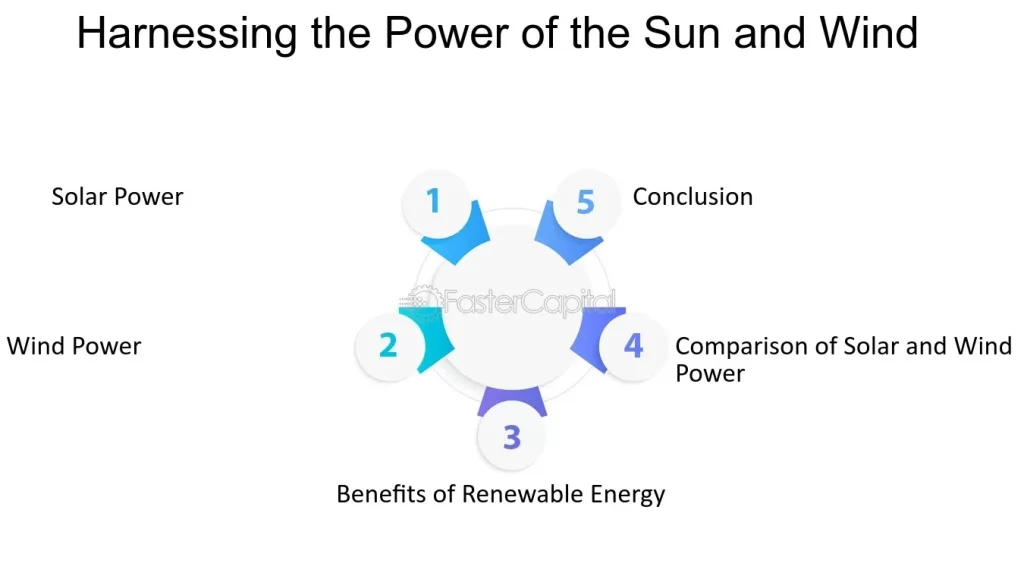
4. Eco-Friendly: Clean Energy Storage for a Greener Planet
The environmental management of solar energy depends on its storage system. Traditional hard lead-acid batteries contain harmful materials like hydrochloric acid acid and lead, which, if not disposed of properly, can seriously harm the environment. But an eco-friendly alternative is energy from the sun batteries. They are 95% recyclable, with pieces like nickel because they use cobalt more often being regurgitated in and out of new batteries, non-toxic potassium compounds.
Rule and consumer demand are fueling the growth advancement of lithium-ion unit recycling programs. Businesses that specialize in converting used batteries into natural resources, such as Redwood Materials and Li-Cycle, lessen the need for mining. This circular economy strategy is a delightful fit for solar users who are dedicated to sustainability.
Besides that, the eco-benefits of lithium-ion are improved by its efficiency. These batteries reduce your carbon footprint by using less energy even before discharging. For instance, a 95% effective lithium ion battery for a solar panel system hardly loses 5% of the energy it has collected, while lead-acid systems lose 20% or more. This difference can offset tons of CO₂ emissions over a ten-year duration.
5. Low Maintenance: Set It and Forget It
If you have ever owned a lead-acid battery, you are familiar with the routine: frequent voltage checks, terminal cleaning, and monthly water refills. Lithium-ion solar batteries completely remove this inconvenience. After installation, they require almost no maintenance—no watering, no equalizing fees, and no concerns about corrosion.
Advanced BMS technology is responsible for this “set it and forget it” design. These devices balance cells and guard against problems like over-discharge by continuously monitoring battery health. For months, you neglected to check your battery. No issue. Whether it’s powering a suburban house or a cabin in the mountains, a lithium-ion battery rechargeable system will continue to function smoothly.
There’s also the benefit of safety. In contrast to flooded lead-acid batteries, which have the potential to leak hazardous acid, lithium-ion batteries are sealed and impervious. Sulfation, a common lead-acid problem where sulfate crystals accumulate and impair performance, is another problem they are less likely to have.
Lithium-Ion Battery Specifications for Solar Systems
Choosing it’s not the only largest or least expensive lithium-ion battery for solar power factor consideration. It means integrating technical specifications with your long-term aims, system design, and energy requirements. Let’s analyse the important specs of discharge (DoD), cycle life, voltage, and capacity—and actually debate why they are important for your solar system.
1. Voltage and Capacity: The Building Blocks of Energy Storage
A battery’s capacity (Ah) and also provide. voltage (V) decides how much energy it can store. In your system, voltage is the “pressure” which it drives electricity, and capacity is the “fuel tank” determines how long your appliances can operate.
12V Solar Lithium-Ion Battery
- Ideal for: Emergency backup power, cabins, and small-scale systems like RVs.
- As an illustration, a 12V 100Ah lithium – ion battery can store 1.2 kWh (12V x 100Ah = 1,200Wh). For up to 10 hours, this can run a fan, a small refrigerator, and LED lights.
- The reason this happens is that lower voltage systems affect the rate of reaction and are easy to install.
200 ah, 24 volt lithium-ion battery
- It works the best for medium-sized homes that involve 4–6 kWh of energy per day.
- The reason it works is that higher voltage improves efficiency by lowering energy loss over long wiring distances.
200 ah, 48 volt lithium-ion battery
- Ideal for: Big homes and businesses with consumption of electricity of 8–10 kWh.
- To electricity air conditioning units, washers, and other appliances one at, a 48V 200Ah lithium ion battery can provide 9.6 kWh (48V x 200Ah).
- A way high-voltage systems operate is by trying to minimize current flow, which lowers heat accumulation and permits thinner, less expensive wiring.
Pro Tip: Ensure the battery voltage is always within the input range of your solar inverter. A mismatch may result in energy waste or component damage.
2. Cycle Life: The Longevity Metric
Cycle life is indeed the number of costs and releases that a lithium-ion battery rechargeable system can resist before its capacity falls to 80% of its initial value.
- Lead-acid really does have a typical cycle life of 1,000 cycles, whilst still lithium-ion 5,000+ cycles.
- Real-World Example: A lithium-ion battery will last 10 to 15 years if you discharge it all day (5,000 cycles ÷ 365 days), which is equivalent to 13.7 years. Replace a lead-acid battery every three to five years.
Factors Affecting Cycle Life
- Cycle Life Depth of Discharge (DoD) Affecting Factors: Daily use of a lithium-ion battery at full capacity still results in 5,000 cycles. After 50% DoD, lead-acid degrades quickly.
- Temperature: Extreme heat accelerates aging, but battery packs function well in temps between -20°C and 60°C.
- Charging Speed: Unlike batteries, lithium-ion batteries are still not negatively affected by fast charging when using a compatible lithium-ion battery charger.
The Significance of This: Over time, a battery with a longer cycle life saves money. A 48v lithium ion battery for solar power, for example, may cost $5,000 up front but last for 15 years. At $2,500, a lead-acid substitute would require three replacements over the same time period, for a total cost of $7,500.
3. Depth of Discharge (DoD): Use More, Stress Less
The DoD shows you how much of a battery’s stored energy is safe to use. This is where lithium-ion batteries shine, supporting 90–100% DoD, whereas lead-acid batteries run the risk of suffering damage greater than 50%.
Practical Consequences
- 1.2 kWh of usable energy can be obtained from a 12v 100ah lithium ion battery with 100% DoD in scenario 1. The same capacity is only provided by 0.6 kWh (50% DoD) by a lead-acid battery.
- In the second scenario, you wouldn’t need as many lithium-ion batteries for a 5kW solar system because you wouldn’t be “wasting” half of the capacity.
High DoD results in lighter, smaller batteries, which is the hidden benefit. For a solar panel system, a lithium ion battery can be half as large as a lead-acid battery while still providing the same amount of usable energy.
4. Bonus Specs to Consider
Rate of Charge/Discharge (C-Rate)
- a 1C Rating: A *100Ah lithium-ion battery* that has a “1C” rating can safely deliver 100 amps of current for one hour. Imagine it as a slow water supply strain on the bottle.
- 2C Rating: For 60 seconds, the same battery with a “2C” rating can deliver 200 amps of current. It’s similar to drinking twice as much water, but the battery (bottle) doesn’t leak and stays cool.
Efficiency of Energy
- 95–98% of lithium-ion batteries are efficient. You will receive 9.5 to 9.8 kWh back if you store 10 kWh from solar panels.
- Heat and resistance cause 15–20% loss in lead-acid systems.
Sizes and Weight
A lead-acid battery would weigh more than 250 pounds (113 kg), whereas a 48v 200ah lithium ion battery weighs about 100 pounds (45 kg).
Matching Specs to Your Solar Setup
Step 1: Determine Your Daily Energy Requirements
Total the daily watt-hours (Wh) that your appliances consume. For instance:
- 1,500Wh refrigerator
- 500Wh of lights
- 2,000Wh (2 kWh) in total
Step 2: Select the Voltage
- Small systems: solar-powered 12v lithium-ion batteries.
- Medium systems: lithium ion battery, 24 volts, 200 amps.
- Large systems: solar energy storage using a 48v lithium ion battery.
Step 3: Take Cycle Life and DoD into Account
Make sure the battery’s usable capacity (Ah × DoD) is sufficient for your everyday requirements.
How Lithium-Ion Batteries Work with Solar Panels and Inverters
When used in conjunction with solar inverters, lithium ion batteries for solar panel systems function flawlessly. The method is as follows:
- Sunlight is transferred into DC electricity by solar panels.
- To eliminate overcharging, the charge controller regulation voltage.
- Lithium ion battery packs are used for solar energy storage.
- For internal use, the inverter turns DC power in to the AC.
Compatibility is essential for systems that use lithium ion batteries for solar thermal systems. Modern inverters intended for lithium-ion chemistry include Victron Energy as well as Tesla Powerwall.
Choosing the Right Lithium-Ion Battery for Your Solar Setup
Determine Your Energy Requirements
-
- Determine the battery’s capacity by determining its daily kWh consumption. For example, two 48v lithium ion batteries may be required to power a 5kW solar system at night.
Conform the Voltage with the Solar Elements
- While 12v or 24v systems are ideal for smaller installations, 48v fuel cells work well with high-voltage solar arrays.
Think about the climate.
- And even though lithium-ion batteries do well in cool or cold temperatures, their lifespan may well be truncated by prolonged exposure to heat. Select models that already have incorporated thermal control.
- While 12v or 24v systems are ideal for smaller installations, 48v fuel cells work well with high-voltage solar arrays.
- Determine the battery’s capacity by determining its daily kWh consumption. For example, two 48v lithium ion batteries may be required to power a 5kW solar system at night.
Installation and Maintenance Best Practices
Tips for Safe Installation
- When trying to connect your li – ion battery to a solar panels, use a certified installer.
- To avoid overheating, make sure there will be enough ventilation.
Typical Upkeep
- Use a battery management system (BMS) to keep an eye on the charge level.
- Terminals should be cleaned once a year to stop corrosion.
Lithium-Ion vs. Lead-Acid: Which Is Better for Solar?
The following are the major sticking points between lithium and customary batteries:
- Cost: But though lithium-ion is more expensive initially, it has lower ongoing costs.
- Efficiency: Compares favorably to lead-acid, lithium-ion sustains 95% efficiency.
- Fuel cells have a threefold longer lifespan.
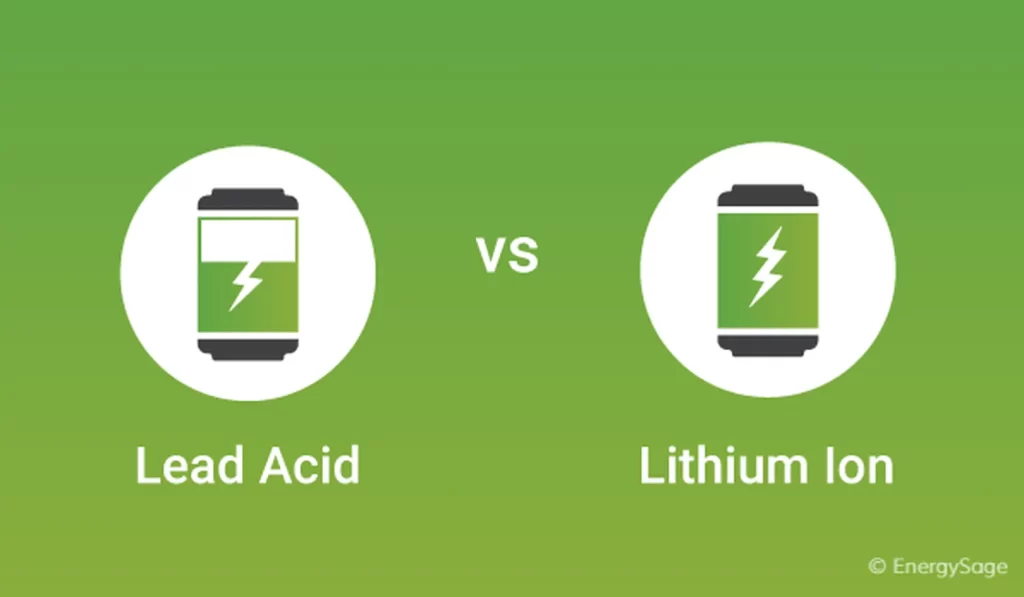
Conclusion
Because of their effectiveness, robustness, and environmental friendliness, lithium-ion batteries for solar are revolutionizing the storage of renewable energy. You can customize a system to satisfy your energy objectives by being aware of specifications such as voltage, capacity, and cycle life.This techniques ensure that your solar investment will pay for decades, if you’re installing a 48-volt commercial-grade lithium ion battery for solar energy storage or a 12-volt lithium ion battery for solar.
FAQs Regarding Solar Lithium-Ion Batteries
Can a lithium battery be connected straight to a solar panel?
- No, to avert damage and control voltage, use a charge controller.
A 5kW solar system requires how many batteries?
- 2–3 48v 200ah lithium ion batteries are usually used, depending on energy requirements.
In Pakistan, how long do lithium batteries last?
- roughly ten to twelve years, taking into account high temperatures and regular power outages.
